Gokseong Leisure Culture Center (곡성 레저문화센터)
2021-08-06
855, Gokseong-ro, Gokseong-gun, Jeollanam-do
+82-61-360-8343
Gokseong Leisure Culture Center was built to provide culture, education, and leisure facilities to the public. There are three concert and lecture halls, Dongak Art Hall, Seomjin Hall, and Daehwang Hall. There are also facilities for hobby and health classes. The center opened on March 11, 2010.
Lee Jung Seop Art Gallery (이중섭 미술관)
2020-12-03
27-3, Ijungseop-ro, Seogwipo-si, Jeju-do
+82-64-760-3567
Artist Lee Jung-seop is known for his paintings, reminicent of Fauvism, of which “White Ox” is most famous. During the Korean War, he spent a year as a refugee in Seogwipo with his Japanese wife and two sons in a small leased house, where he produced many masterpieces.
Although the stay was temporary, it was one of the happiest times for Lee and certainly the most productive. Recognizing his importance, the city of Seogwipo purchased the house and turned it into the Lee Jung Seop Memorial Hall. The street in front of his house, which he walked day and night, was renamed Ijungseop-ro Street. Lee Jung Seop Gallery is just behind the restored house. The gallery houses over 8 masterpieces by Lee Jung-seop and 52 works by modern Korean painters, all of which were donated to Seogwipo city by Lee Ho-jae (CEO of Gana Art).
Kim Young Gap Gallery Dumoak (김영갑 갤러리 두모악)
2022-08-31
137, Samdal-ro, Seogwipo-si, Jeju-do
+82-64-784-9907
The Kim Young Gap Gallery is a former elementary school turned into a gallery. Photographer Kim Young-gap, who had been suffering from Lou Gehrig’s disease, spent his life capturing the beauty of Jeju Island. He created the gallery during his last days so that he could ensure his works be shared for years to come. The gallery shows the photographer’s artistic passion, and his photos reflect the sublime beauty of Jeju Island, captured day after day in all kinds of weather.
Ansan Arts Center (안산문화예술의전당)
2021-07-08
312, Hwarang-ro, Danwon-gu, Ansan-si, Gyeonggi-do
+82-80-481-4000
The Ansan Arts Center officially opened on October 2, 2004, following its success at the Ansan Yeormio Festival and Harmony Festival. The center boasts state-of-the-art stage facilities capable of holding any type of production orchestrated by Korean and international theater directors.
Arko Arts Theater (아르코예술극장)
2021-04-16
7, Daehak-ro 8-gil, Jongno-gu, Seoul
+82-2-3668-0007
Opened on April 1, 1981, Arko Arts Theater’s mission statement is to “boost performance art, obtain performance space to promote its popularity among the public, and support stages to pure art organizations facing financial difficulties." As the center of performance art, the theater also began to attract a slew of small theaters and has played a pivotal role in promoting performance art and populating Dongsung-dong with artists. The theater offers a large hall, small hall, multipurpose studio space, and practice room.
Kukje Gallery (국제갤러리)
2021-07-29
54, Samcheong-ro, Jongno-gu, Seoul
+82-2-735-8449
The Kukje Galley has been committed to presenting the work of significant Korean and international contemporary artists to the public since 1982. The gallery has established itself as a leading venue for international exhibits such as Helen Frankenthaler, Sam Francis, Jim Dine, Frank Stella, Robert Mangold, Anthony Caro, Cy Twombly, Edward Ruscha, Anselm Kiefer, Joseph Beuys, and Bill Viola, attracting enthusiastic responses from both the public and the media.
The gallery has placed emphasis on collaborations between artists, galleries, and art dealers around the world and nurturing upcoming artists by sponsoring their artwork and giving them international exposure.
Times Square Main Atrium (아트리움)
2019-03-18
15, Yeongjung-ro, Yeongdeungpo-gu, Seoul
+82-2-2638-2000
Over 1,485㎡, Atrium is a spacious spot to rest for customers in the middle of the huge Times Square mall. It extends through the building to a glass roof so that customers see the blue sky while shopping. This pleasant place also offers colorful events regularly as well as themed performances every month on its round stage, bringing exciting cultural and entertainment experiences to visitors. Performances are offered free of charge.
Soma Museum of Art (소마미술관)
2023-04-13
424, Olympic-ro, Songpa-gu, Seoul
+82-2-425-1077
Soma Museum of Art was opened in September 2004 as a cultural space amid the nature of Seoul Olympic Park. The museum displays over 222 sculptures, and offers a variety of cultural and educational programs, including the nation's first drawing center and archive.
Busan Museum of Art (부산시립미술관)
2023-01-09
58, APEC-ro, Haeundae-gu, Busan
+82-51-744-2602
Busan Museum of Art opened on March 20, 1998, with the aim of providing a space to showcase the fantastic creativity of modern artwork and increase the artistic minds of the general public. The museum displays exhibitions in many genres, as well as running various educational programs. The museum consists of five floors, offering exhibition halls, archives, educational rooms, and an outdoor sculpture park. One of the museum's main events is the biennale art festival, taking place in even numbered years. Other events include planned exhibitions, invited international artists, and more.
Busan Museum (부산박물관)
2023-01-09
63, UN pyeonghwa-ro, Nam-gu, Busan
+82-51-610-7118
Busan Museum was founded on July 11, 1978 to collect, preserve, display, and research the cultural hertiage of Busan. The museum houses 45,000 artifacts, displaying just 1,300 through regular exhibition rooms. The museum underwent a remodeling project in 2002 along with the opening of Exhibition Hall 2 to expand to ten permanent exhibition rooms, as well as a planned exhibition space, heritage research room, experience hall, lecture hall, and more. The museum aims to provide more extensive research into uncovering historical artifacts, and provide educational programs to visitors.
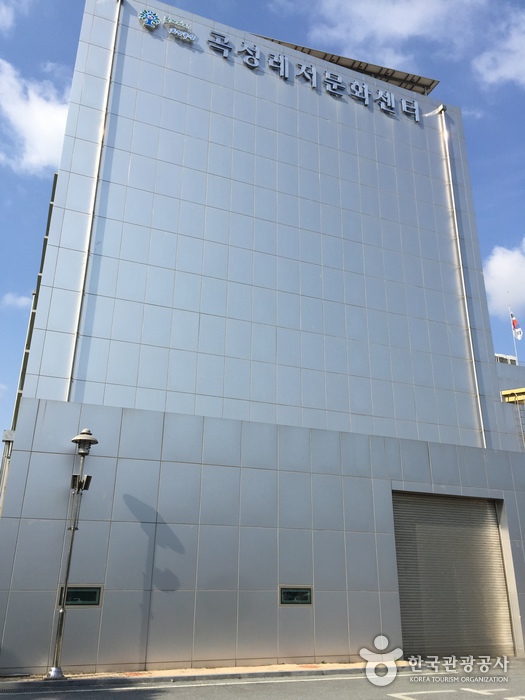
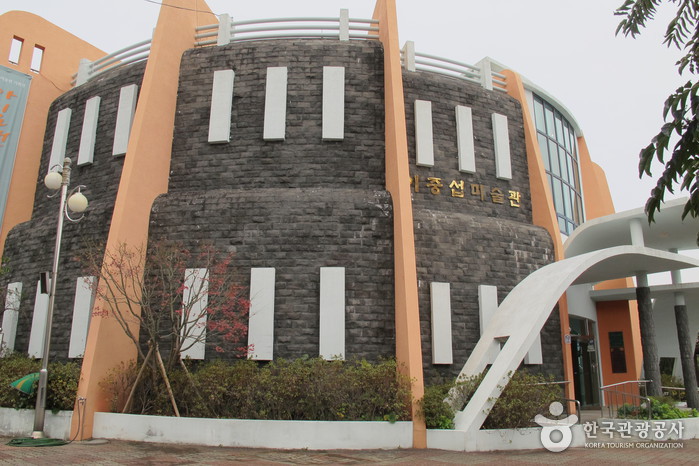
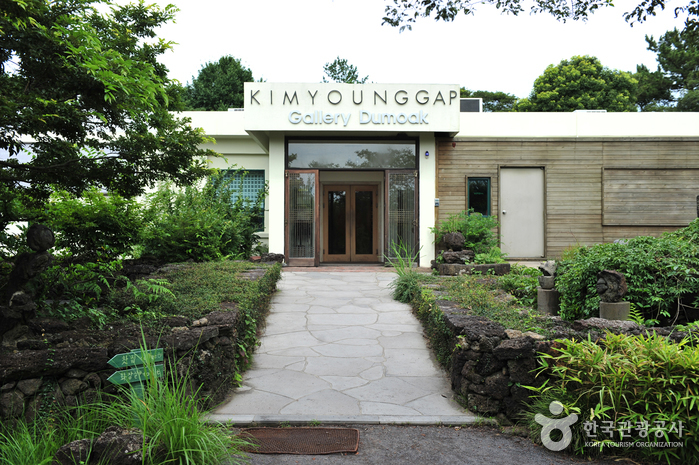
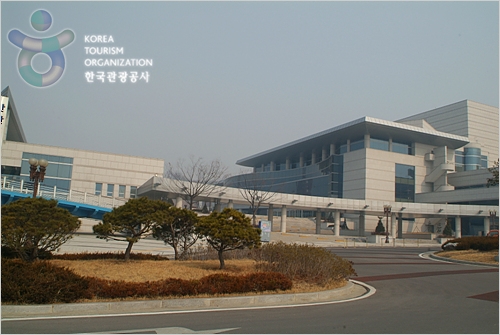
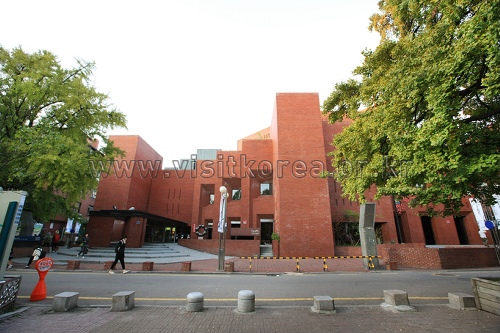
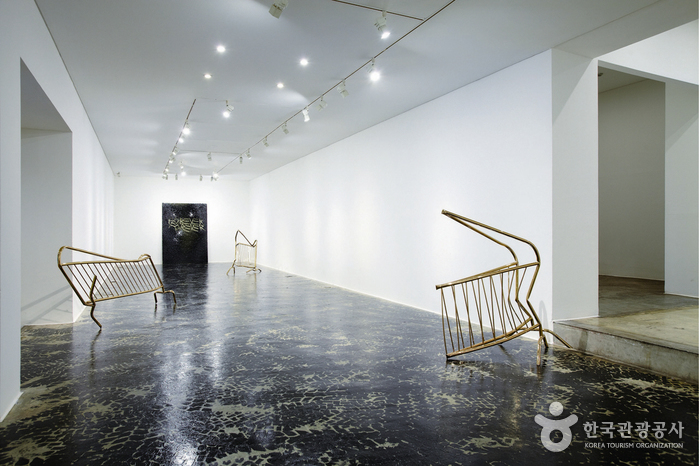
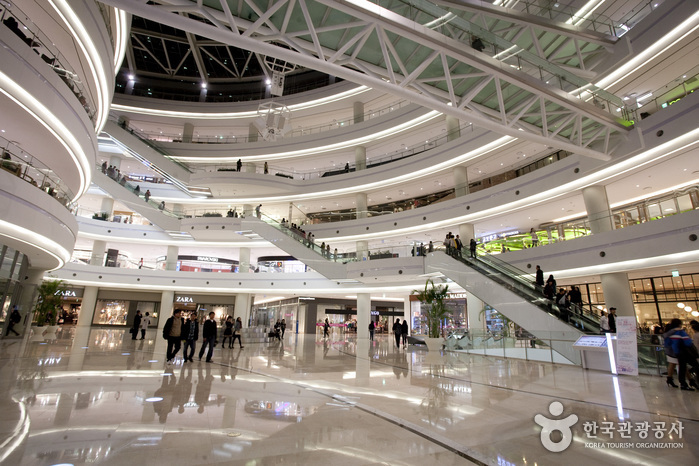
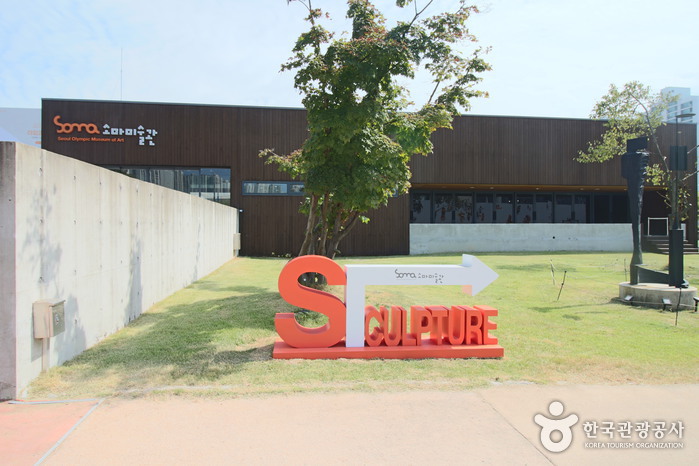

 English
English
 한국어
한국어 日本語
日本語 中文(简体)
中文(简体) Deutsch
Deutsch Français
Français Español
Español Русский
Русский